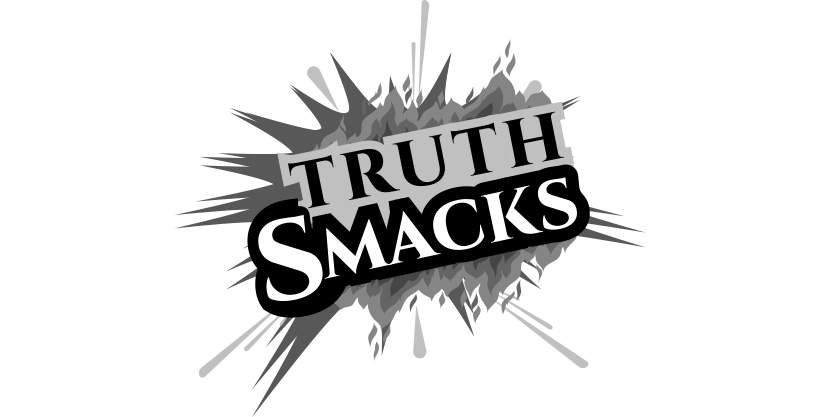Unlocking the Power of Lead Generation: Strategies for Business Success
In today’s digital age, businesses of all sizes are constantly seeking ways to expand their customer base and drive revenue growth. One of the most essential and effective strategies for achieving this goal is lead generation. Lead generation is the process of identifying and attracting potential customers or clients, nurturing their interest, and eventually converting them into paying customers. This strategy is a cornerstone of marketing and sales, helping businesses connect with the right audience and establish lasting relationships.
The Significance of Lead Generation
In an increasingly competitive business landscape, effective lead generation is more important than ever. It provides several key advantages:
1. Improved Sales Conversion:
Successful lead generation allows businesses to focus their sales efforts on individuals and organizations that have already shown an interest in their products or services. As a result, the conversion rates of leads into customers are significantly higher compared to cold outreach.
2. Cost Efficiency:
Lead generation can be a cost-effective approach, especially when compared to traditional advertising. By targeting a specific audience, businesses can make the most of their marketing budget and resources.
3. Data-Driven Decision Making:
The lead generation process is highly data-driven. Businesses can collect and analyze data on lead behavior, enabling them to make informed decisions and refine their strategies for maximum effectiveness.
4. Sustainable Growth:
An effective lead generation strategy is the foundation for sustainable business growth. Over time, the accumulation of high-quality leads results in a growing and loyal customer base.
Tactics for Unlocking the Power of Lead Generation
To unlock the power of lead generation, businesses must employ a combination of effective tactics. These strategies can be categorized into various stages of the lead generation process.
1. Identifying Your Target Audience
Understanding your audience is the first and most crucial step in lead generation. This involves creating detailed buyer personas, which are semi-fictional representations of your ideal customers. Buyer personas should include information such as demographics, psychographics, pain points, needs, and preferences.
- Buyer Persona Development: The process of developing buyer personas entails conducting market research and collecting data on your existing customer base. This information helps you identify common characteristics and traits.
- Segmentation: Once you have developed your buyer personas, segment your audience to tailor your approach. Not all leads are the same, and segmentation enables you to deliver more personalized content and offers.
2. Content Marketing
Content marketing is a fundamental component of lead generation. It involves creating valuable and relevant content to attract and engage potential leads.
- Create Valuable Content: High-quality content is essential to attract and retain potential leads. This content can come in various formats, including blog posts, ebooks, videos, webinars, infographics, and podcasts. The content should address the pain points and needs of your target audience.
- Content Distribution: Sharing your content across various platforms is key to its success. This includes publishing content on your website and blog, sharing it on social media, and including it in email newsletters.
3. Landing Pages and Lead Capture
Landing pages serve as the gateway to lead generation. These pages are designed to convert visitors into leads by offering something valuable in exchange for contact information.
- Optimize Landing Pages: Landing pages should be visually appealing, load quickly, and have clear calls to action (CTAs). They should also be aligned with the content or offer being promoted.
- Lead Capture Forms: These forms are a critical component of landing pages. They should be designed to capture essential contact information while being user-friendly. Keep the form fields concise and relevant to the offer.
4. SEO and SEM
Search engine optimization (SEO) and search engine marketing (SEM) are essential for increasing your online visibility and attracting organic and paid traffic.
- Search Engine Optimization (SEO): Optimize your website and content for search engines by incorporating relevant keywords, creating high-quality content, and improving the user experience. SEO helps your content rank higher in search engine results pages (SERPs), driving organic traffic to your site.
- Search Engine Marketing (SEM): SEM involves paid advertising to target specific keywords and drive traffic to your landing pages or website. Platforms like Google Ads and Bing Ads enable you to create and manage ad campaigns.
5. Social Media Marketing
Social media has become a vital channel for lead generation. It allows businesses to engage with potential leads, share content, and run targeted ads.
- Engage on Social Media: Maintain an active and engaging presence on social media platforms where your target audience is most active. This includes platforms such as Facebook, Twitter, LinkedIn, Instagram, and others.
- Social Advertising: Social media advertising enables you to reach potential leads through targeted ads. Platforms offer robust targeting options based on demographics, interests, and behaviors, ensuring that your content reaches the right audience.
6. Email Marketing
Email marketing is a versatile and effective tool for lead generation. It enables you to nurture leads over time and guide them through the sales funnel.
- Segmented Email Lists: Divide your email list into segments based on lead characteristics and behavior. This segmentation allows you to send highly targeted and relevant messages to each group.
- Automated Email Workflows: Create automated email sequences to nurture leads. These sequences can be triggered by specific actions or behaviors, guiding leads through the awareness, consideration, and decision stages of the customer journey.
7. Lead Magnets
Lead magnets are valuable resources or incentives that you offer to potential leads in exchange for their contact information.
- Valuable Resources: Examples of lead magnets include ebooks, whitepapers, templates, checklists, webinars, or exclusive access to premium content.
- Compelling Calls to Action (CTAs): Encourage visitors to take action by using persuasive CTAs. These CTAs should be strategically placed in blog posts, landing pages, and other content.
8. Analytics and Tracking
To continuously improve your lead generation efforts, it’s essential to collect and analyze data, monitor performance, and make data-driven decisions.
- Implement Analytics Tools: Use analytics tools like Google Analytics, Google Tag Manager, and marketing automation software to monitor the performance of your lead generation efforts.
- Regular Review and Analysis: Regularly review the data collected, including website traffic, click-through rates, conversion rates, and more. Use this data to make informed decisions and optimize your strategies.
9. Customer Relationship Management (CRM)
A CRM system is a crucial tool for managing and tracking leads, as well as for maintaining a record of interactions and conversations with them.
- Lead Management: A CRM system helps you keep track of all your leads, their status in the sales pipeline, and their interaction history with your business.
- Lead Scoring: Implement lead scoring to prioritize follow-up actions based on lead behavior. Assign scores to leads based on engagement, demographics, and other relevant factors.
10. A/B Testing
Continuous experimentation and optimization are vital for lead generation success. A/B testing involves testing variations of elements to identify what resonates most with your audience.
- Conduct A/B Tests: A/B testing can be applied to various elements, including headlines, CTAs, email subject lines, landing page designs, and more.
- Data-Driven Optimization: Use the data from A/B tests to refine your strategies and improve the performance of your lead generation campaigns.
11. Cold Outreach
While the focus of lead generation is often on inbound tactics, cold outreach can also be an effective strategy for some businesses, particularly in B2B settings.
- Targeted Outreach: Identify potential leads who fit your ideal customer profile and reach out to them through channels like email, phone calls, or social media.
- Personalization: Make sure your cold outreach is highly personalized. Tailor your messages to the individual or organization you are contacting.
Conclusion
Lead generation is a multifaceted strategy that requires a well-thought-out approach. By unlocking the power of lead generation, businesses can attract, engage, and convert potential leads effectively, resulting in a growing and loyal customer base. It’s important to note that there is no one-size-fits-all solution for lead generation, as strategies should be adapted to the specific needs and goals of your business. Successful lead generation involves continuous optimization, data-driven decision-making, and a commitment to providing value to your audience. When done right, lead generation can be a game-changer, driving business success and growth in the digital age.












